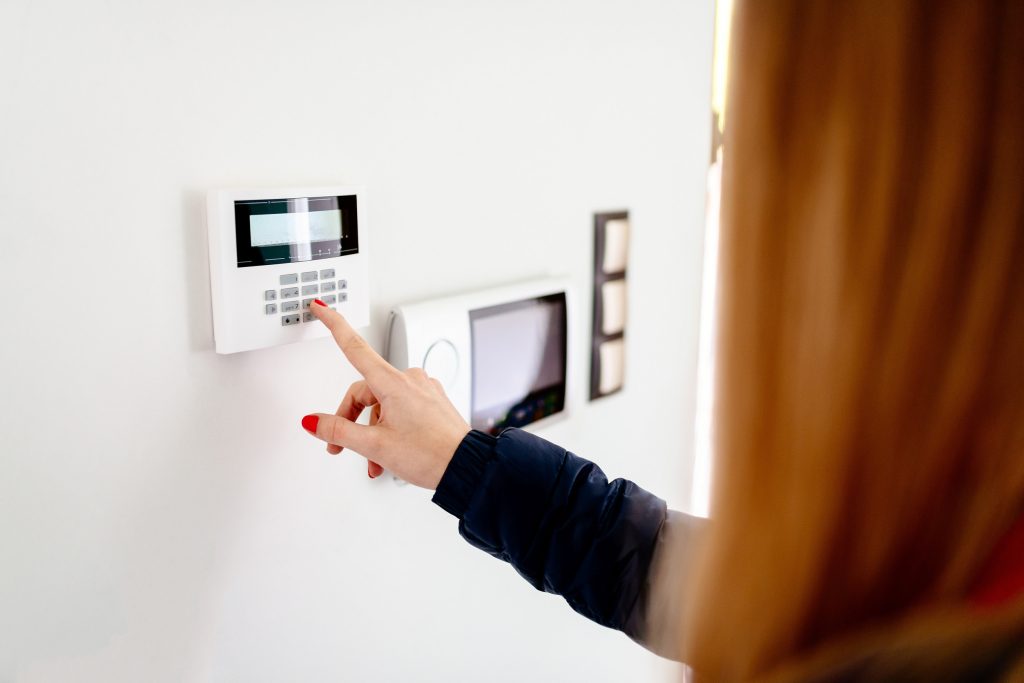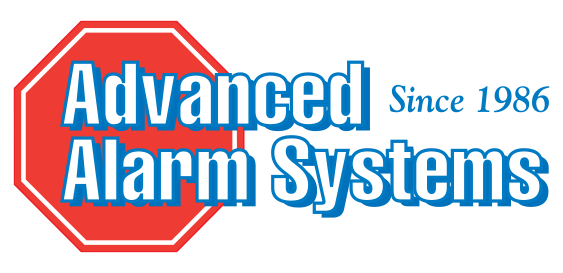
With businesses facing increasing security challenges, safeguarding your commercial facility has never been more critical.
This is where intrusion alarm systems step in, offering a first line of defense to protect your property, assets, and employees. But with so many options on the market, finding the right system for your business can feel overwhelming.
This guide breaks down the essentials of intrusion alarm systems for commercial facilities, walking you through their key components, benefits, and what to consider before you buy. By the end, you’ll have the knowledge to choose a solution that works best for your business needs.
What Are Intrusion Alarm Systems?
At their core, intrusion alarm systems are designed to detect unauthorized access to a property and alert designated individuals or security teams. These systems use a combination of sensors, alarms, and communication protocols to minimize security breaches and deter criminal activity.
For commercial facilities, intrusion systems are tailored to cover high-value areas, employee-only zones, and entry points with advanced technologies like motion detection, glass break sensors, and access control integration.
Why Are Intrusion Alarm Systems Critical for Businesses?
No matter the size or industry, every business has assets worth protecting. From physical inventory and confidential records to employee safety and customer trust, security breaches can lead to devastating consequences. Here are just a few reasons why a robust intrusion alarm system is indispensable:
- Deterrence: The presence of visible security measures, such as cameras or alarm signs, can discourage potential trespassers.
- Real-Time Alerts: Advanced systems send instant notifications to business owners or security personnel, ensuring swift action is taken.
- Peace of Mind: Knowing your facility is protected 24/7 lets you focus on running your business.
Key Components of an Intrusion Alarm System
A high-performing system is more than just an alarm. Below are the main components of any effective intrusion alarm system:
1. Control Panel
The control panel acts as the “brain” of your alarm system. It connects all devices, processes signals from sensors, and triggers alerts. Modern control panels come with smartphone app options for remote monitoring and management.
2. Sensors
Different types of sensors are installed to monitor various points of entry and movement:
- Door and Window Sensors: Detect unauthorized openings.
- Motion Sensors: Pick up movement within a protected area.
- Glass Break Sensors: Trigger an alarm when glass is shattered.
3. Alarms
Audible or silent alarms notify you and alert potential intruders of their detected presence. Loud sirens are often used for deterrence, while silent alarms send discreet notifications to law enforcement or designated contacts.
4. Video Surveillance
Many systems integrate with CCTV cameras for real-time video monitoring, allowing businesses to capture valuable footage for incident review.
5. Communication Modules
Modern systems utilize communication modules, including cellular, Wi-Fi, or landline connections, to ensure alerts are consistently transmitted, even during outages.
6. Keypads or Mobile Apps
These allow users to arm or disarm systems, often secured with passwords, PIN codes, or biometric access.
Types of Intrusion Alarm Systems
When selecting an intrusion alarm system, it’s important to understand the various types available to find the most suitable option for your business:
1. Wired Systems
Wired systems are highly reliable and ideal for larger commercial facilities with a stable infrastructure. While they may require professional installation, they offer long-term durability and fewer risks of interference.
2. Wireless Systems
Wireless alarms are perfect for smaller businesses or facilities that require flexible installation. They’re easy to set up and manage but may need battery replacements and regular signal monitoring.
3. Monitored Systems
Monitored systems are connected to a security service provider that oversees alarms 24/7. When an alert is triggered, the monitoring team takes immediate action, such as notifying authorities.
4. Unmonitored (Local) Systems
Unmonitored systems rely solely on audible alarms to alert those nearby. They’re budget-friendly but require someone onsite to act during an incident.
How to Choose the Right Intrusion Alarm System for Your Business
Every business is unique, and so are its security needs. Use these factors to guide your decision:
1. Assess Your Facility’s Layout
Start by determining high-risk areas within your building. Consider entry points, valuable inventory zones, and vulnerable blind spots.
2. Size and Scalability
Smaller facilities might need basic systems, while larger operations require scalable solutions that integrate with existing security measures.
3. Budget
Outline a budget, keeping in mind both upfront costs (installation) and ongoing expenses (monitoring or maintenance).
4. Technology Compatibility
Make sure your system can integrate with other tools, such as access controls or smart lighting, to enhance overall functionality.
5. Reputation of the Provider
Research system manufacturers and providers. Look for well-rated companies with dependable customer support and warranties.
Benefits of a Professionally Installed Intrusion Alarm System
While DIY kits might seem attractive, professional installation offers several advantages:
- Tailored Configuration: Experts design a system to suit your facility’s specific requirements.
- Higher Reliability: Professional-grade equipment and installation ensure systems function optimally.
- Comprehensive Training: Installers can guide you on best-use practices, including system maintenance and troubleshooting.
Trends in Intrusion Alarm Systems
Security technology is constantly evolving, and intrusion alarm systems are no exception. Here are a few trends shaping the industry:
- AI Integration: Systems powered by AI can distinguish between genuine threats and false alarms, such as pets triggering motion sensors.
- Cloud-Based Monitoring: Access your security feed from anywhere with cloud connectivity.
- Smart Home/Business Integration: Connect your alarm system with IoT devices for seamless automation.
FAQs About Intrusion Alarm Systems
Q1. How much do commercial intrusion alarm systems cost?
Costs vary depending on factors like system type, number of components, and monitoring services. On average, businesses can expect to spend between $1,000 and $5,000 for installation.
Q2. Are intrusion alarm systems effective in deterring crime?
Yes! Studies show that businesses with visible security measures are significantly less likely to experience break-ins.
Q3. How often do systems need maintenance?
It’s recommended to schedule professional inspections annually to ensure hardware and software remain functional.
Securing Your Business Starts Today
An effective intrusion alarm system is a vital investment in your business’s safety, offering peace of mind and financial protection. Whether you’re running a small retail store or managing a large corporate facility, enhanced security measures will give you the confidence to focus on growing your business.
Need help deciding?
Connect with Advanced Alarm Systems to explore cutting-edge solutions tailored to your unique requirements.
We have been serving our customers since 1986, and we provide security and life safety solutions throughout Massachusetts and New England.
Contact us today to learn more about how our advanced alarm systems can create a comprehensive security solution tailored to your unique business needs.
